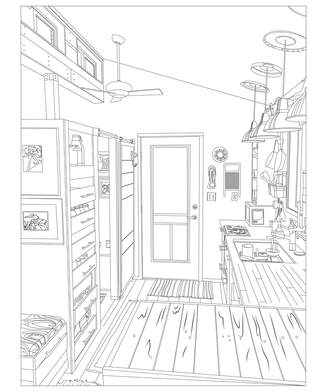 Our house's interior shot features the kitchen.
Our house's interior shot features the kitchen. Color Me Tiny: A Tiny House Coloring Book for Adults of All Ages features line drawings of house exteriors and interiors, along with information about each house featured. Whether you're looking to design a tiny house yourself or just relax into a coloring session, I think you'll enjoy the detailed drawings.
According to the book's blurb: "The Color Me Tiny coloring book includes a variety of tiny houses on wheels and the beautiful nature that surrounds them. The images all come from real photos that highlight the broad range of tiny house shapes and sizes. Each featured home also includes an interior scene to show what it’s like to live in a tiny house day after day."
P.S. Short notice, but it you're interested in buying a copy, the intro price of $9.99 is good until Dec. 13.
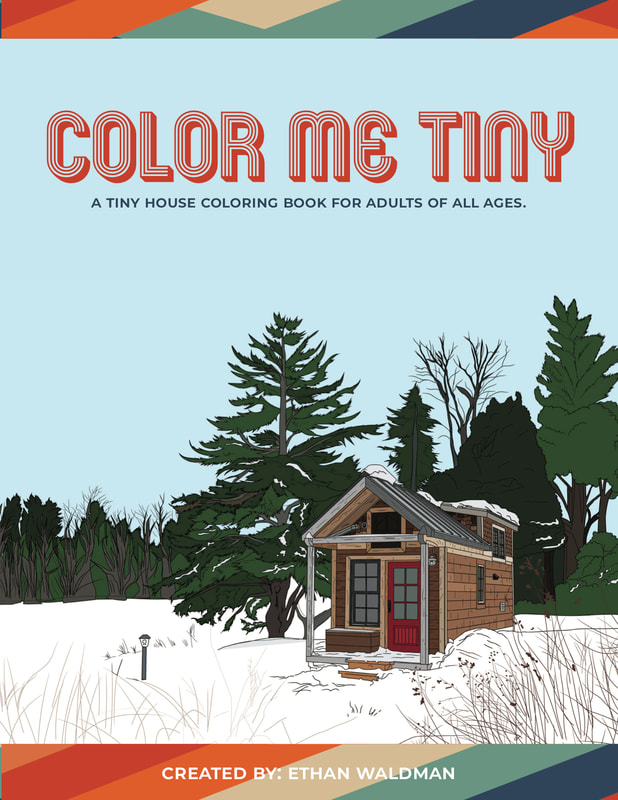
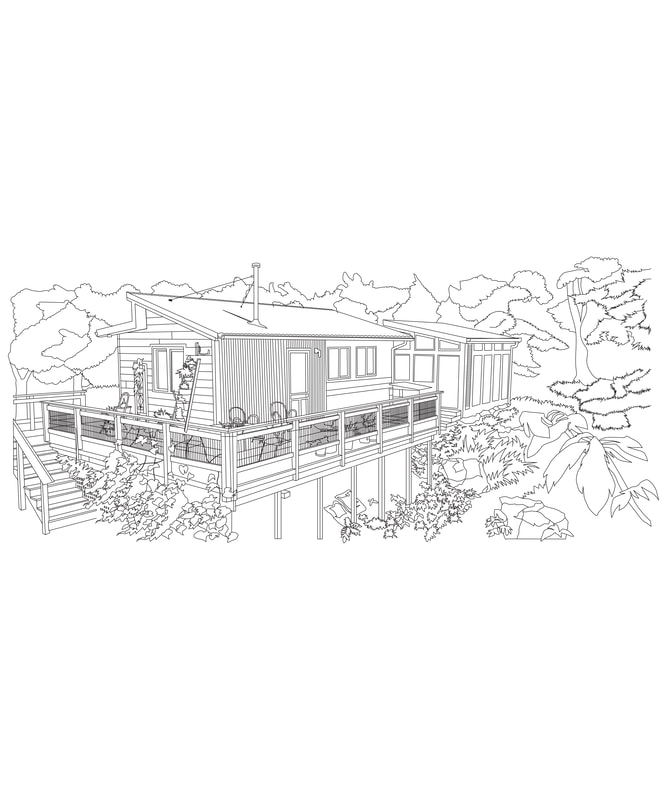
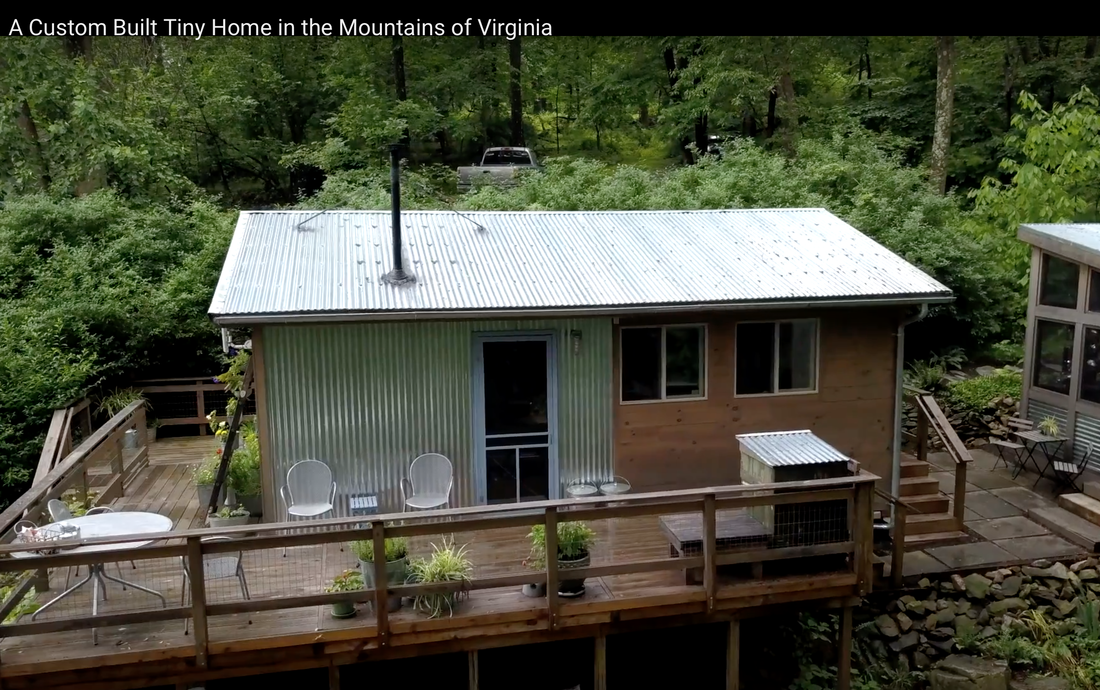

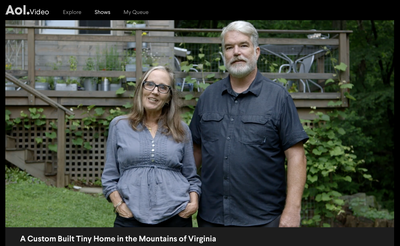
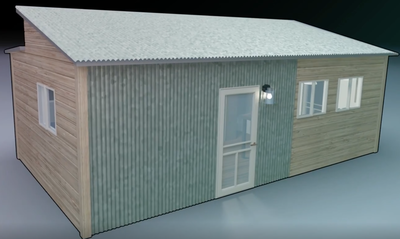
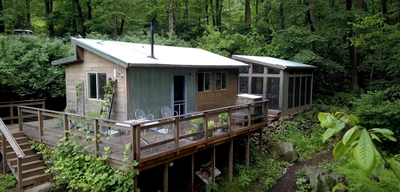
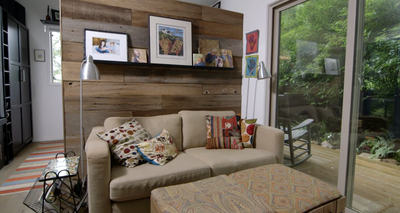
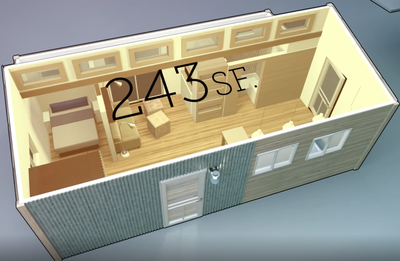
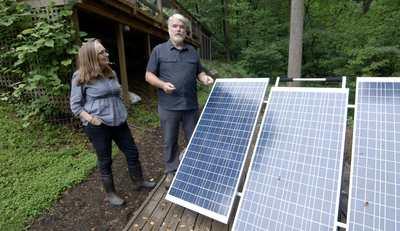
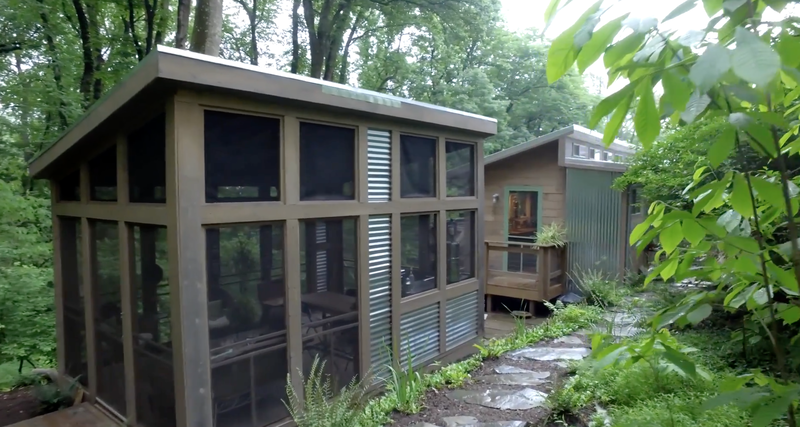
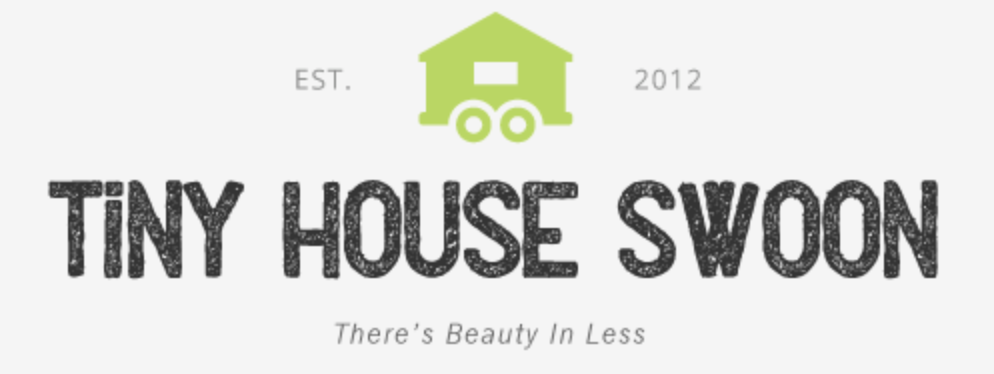
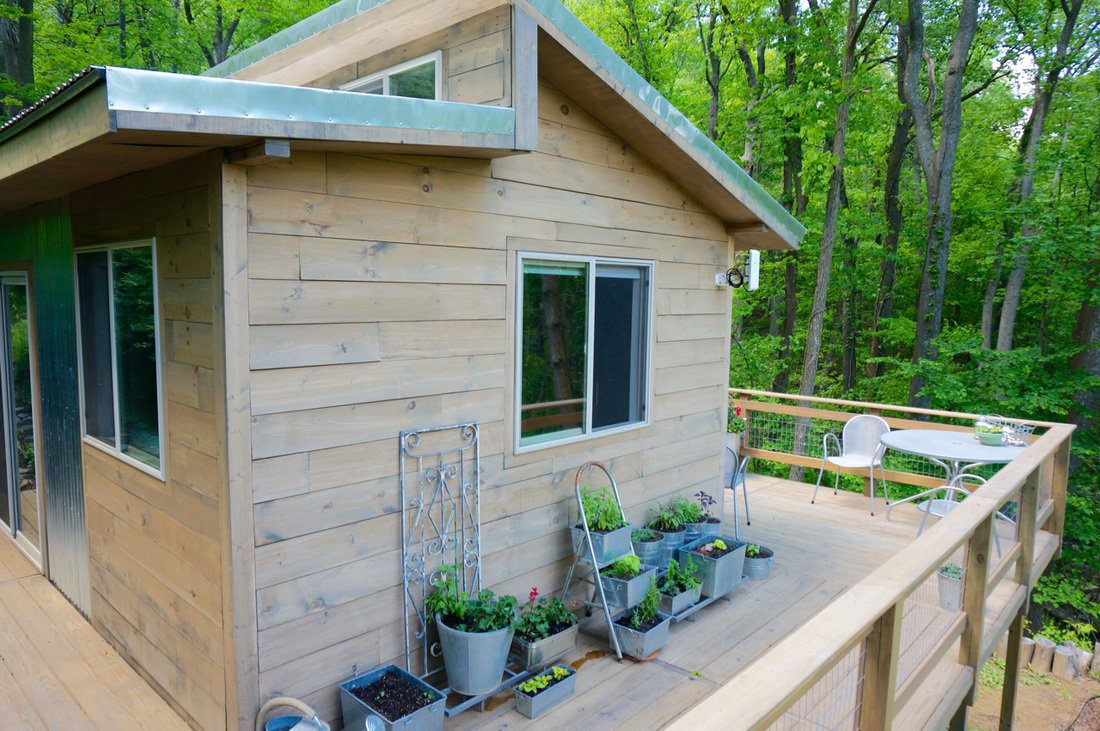
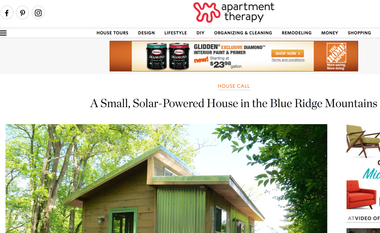
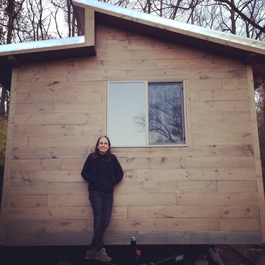
 RSS Feed
RSS Feed
